The views expressed in our content reflect individual perspectives and do not represent the authoritative views of the Baha'i Faith.
Earlier this year, I attended the screening of an independent film, How Jack Became Black. Its director and main protagonist is a man whose mother identifies as Jewish and whose father identifies as African-American. The director is also the father of two children with his wife of Mexican descent. The film explores the director’s challenge to his children’s local school district when he was asked by the district to identify his son’s race for enrollment purposes. It explores the practice of racial identification in the 21st century, and disagrees with the idea of continuing racial identification data collection in the U.S. While racial identification has a history of being the engine of racial prejudice and discrimination, collecting data by race can be the means by which racial disparities and injustices are eliminated.
Scientists state that the human species is biologically 99.99% the same. Yet racial groups around the world experience unrelenting oppression, discrimination and violence perpetrated because of skin color, physical and cultural differences. To eliminate racial prejudice, inequality and systemic injustice, scientific data must be collected and analyzed to inform structural changes to create a more just society.
What deeply concerned me about How Jack Became Black (and what I subsequently wrote to the director) was the lack of an accurate, historical framework and objective analysis of the origins of racial identification. As a Baha’i, I believe in unity in diversity. I also believe that racial identification is a necessary process towards eliminating racial prejudices, disparities and injustices:
All prejudices, whether of religion, race, politics or nation, must be renounced, for these prejudices have caused the world’s sickness. It is a grave malady which, unless arrested, is capable of causing the destruction of the whole human race. Every ruinous war, with its terrible bloodshed and misery, has been caused by one or other of these prejudices. – Abdu’l-Baha, Paris Talks, p. 146.
Full disclosure: I am an African-American mother of two adult sons whose biological father is considered a white Englishman, although he likes to say that he is “Black Irish” on his mother’s side (a colloquial term traditionally used to describe Irish people with dark hair and eyes). My mother and father (descendants of enslaved Africans) were born in Mississippi and Texas, respectively, and migrated from the Jim Crow South in the late 1940’s to San Francisco, California, where I was born and raised. My DNA report says that I am 78% Sub-Saharan African and 22% Northern/UK European, so technically, I am “multi-racial.” My sons are 48% Sub-Saharan African descent, were born in London, England, and identify as African-American.
I learned from my parents and family members the true history of the Transatlantic Slave Trade, the system of chattel slavery in the Americas (horrifically unique to any previous form of slavery in the world) and the domestic terrorism that my parents and their families endured for years before escaping the Deep South for the more institutionalized and subtle racism of the West.
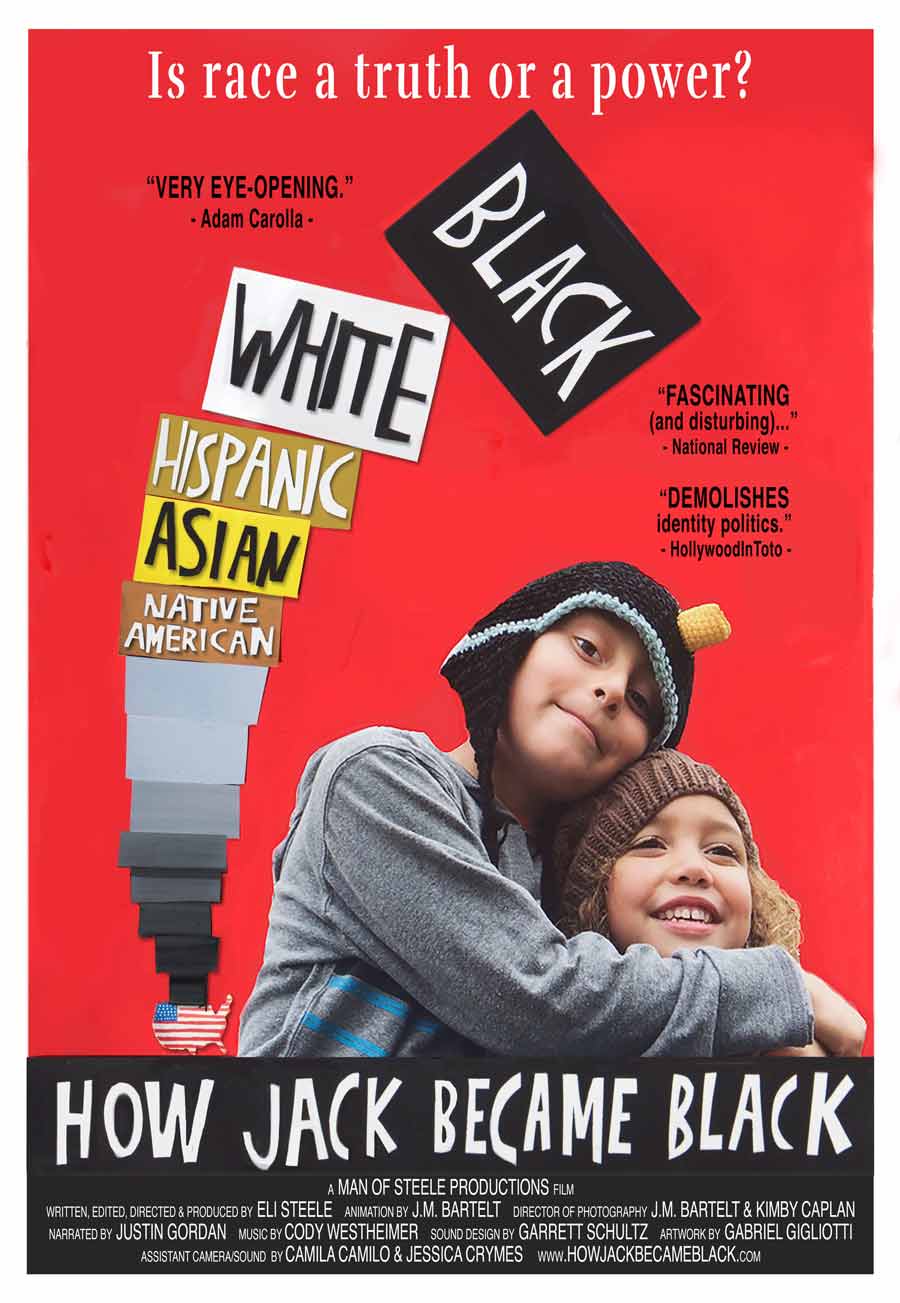 The film How Jack Became Black questions the need for racial classification in the 21st Century, advocating for a “colorblind” society where racial identification is irrelevant. Yet current events impacting African Americans demonstrate that skin color and cultural characteristics form the basis upon which the dominant culture of white people make life and death decisions that directly affect African Americans, whether in policing, recreation, entertainment, sports, housing, education, employment, or finance. Applying a “colorblind” standard omits historical and present-day effects resulting from the Transatlantic Slave Trade, the heinous practices of chattel slavery, post-Civil War Jim Crow laws and domestic terrorism, the Civil Rights Movement and current efforts for racial equality. Adopting a “colorblind” stance ignores the policy reasons behind the past fifty years of anti-discrimination and equal opportunity legislation, which requires racial identification data collection.
The film How Jack Became Black questions the need for racial classification in the 21st Century, advocating for a “colorblind” society where racial identification is irrelevant. Yet current events impacting African Americans demonstrate that skin color and cultural characteristics form the basis upon which the dominant culture of white people make life and death decisions that directly affect African Americans, whether in policing, recreation, entertainment, sports, housing, education, employment, or finance. Applying a “colorblind” standard omits historical and present-day effects resulting from the Transatlantic Slave Trade, the heinous practices of chattel slavery, post-Civil War Jim Crow laws and domestic terrorism, the Civil Rights Movement and current efforts for racial equality. Adopting a “colorblind” stance ignores the policy reasons behind the past fifty years of anti-discrimination and equal opportunity legislation, which requires racial identification data collection.
As a member of the Baha’i Faith, I believe that all human beings are part of one race, the human race. Baha’u’llah, the Prophet-Founder of our Faith said that the recognition of the oneness of humanity is a prerequisite for world peace. The challenge for us humans is to find practical ways to establish a truly equitable, just society for all people. Justice requires intention, structure and data to ensure that all people, regardless of racial lineage, have access to education, safety, resources and means of livelihood:
The best beloved of all things in My sight is Justice; turn not away therefrom if thou desirest Me, and neglect it not that I may confide in thee. By its aid thou shalt see with thine own eyes and not through the eyes of others, and shalt know of thine own knowledge and not through the knowledge of thy neighbor. Ponder this in thy heart; how it behooveth thee to be. Verily justice is My gift to thee and the sign of My loving-kindness. Set it then before thine eyes. – Baha’u’llah, The Hidden Words, p. 4.
Abdu’l-Baha said: “Truthfulness is the foundation of all human virtues.” (Abdu’l-Baha, quoted in The Advent of Divine Justice, p. 26) With respect to racism and what the Baha’i writings say is “the most vital and challenging issue” facing American society, I believe that anyone discussing race today in this country must tell the truth, must live and act in truth, and seek out the truth about race in this country – a rigorous process of self-examination.
In sharing my feedback with the director of How Jack Became Black I stated that the film omitted the facts of non-consensual, unremitting sexual assault perpetrated on enslaved Africans, beginning with the Transatlantic Slave Trade, that created millions of “bi-racial” children in territories where enslaved Africans were bought, traded and sold. The offspring of white slave traders, plantation owners, and overseers were considered chattel: the property of their rapists, a source of wealth transferred from one generation to the next – wealth stained with the blood of human bodies. The film does not mention how racial skin color was used to perpetuate white wealth and power during post-Civil War “Jim Crow codes” (the “one drop rule” stated that any human with one drop of “Negro” blood was considered of “Negro” descent and subject to segregation laws), peonage, and rampant racial discrimination that exists to this day.
Racial identification in racial lineage informed the U.S. Supreme Court decisions in Dred Scott vs. Sandford [60 U.S. 393 (1857)] and Plessy vs. Ferguson [163 U.S. 537 (1896)] institutionalizing racial identification and discrimination for enslaved Africans and their progeny.
Racial identification was central to post-Civil War fears of voluntary miscegenation, aka “race-mixing” (as opposed to involuntary sexual subjugation and the “breeding” of enslaved persons via rape by slave owners, overseers and traders) which led to the rise of the Ku Klux Klan, increased domestic terrorism against former slaves and their families, aided the 13th Amendment clause of peonage, influenced untold thousands of lynchings of men, women and children of African descent and engendered white riots against prosperous, peaceful segregated Black towns. Racial hierarchies existed (and continue to exist) based on identification of skin color, hair texture, facial characteristics and the “one drop” of Sub-Saharan ancestry. Living in a society obsessed with racial hierarchy for a human being perceived as “Black” caused many human beings of African, Black and mixed parentage to attempt to “pass” for white – a survival mechanism in a pre-DNA test society where fair-skinned humans with Caucasian features were able to assimilate into higher rungs of society, to escape overt racial discrimination and to experience concomitant white privilege, societal access and freedom from racial violence.
As a Baha’i deeply committed to eliminating racial prejudice as a prerequisite for world peace, I believe racial identification is critical in analyzing and reflecting on the experiences of people of African descent in the U.S. today. Many people of African descent react negatively when white people say, “I don’t see color” or wish to create a “colorblind” society, and to me this mythical “colorblindness” is the opposite of the principle of “unity in diversity.”
It is incorrect to consider that racial identity classification is outdated and outmoded, less than 200 years after racial identification and data collection was common practice. Every single U.S. institution – public, private, governmental, entertainment, or religious, including the venerated U.S. Constitution – has been impacted by a racial identification hierarchy. Fair-skinned enslaved people (progeny of the slave master’s rape) worked in the master’s house (with attendant privileges), while dark-skinned enslaved people worked in the master’s fields (with attendant hardships). The “one drop” rule was used as economic racial identification: designed to protect and maintain the property, privilege, power and advantages of white people, an example of what Shoghi Effendi says is the “corrosion” of racial prejudice that has “bitten into the fiber, and attacked the whole social structure of American society.” (Shoghi Effendi, The Advent of Divine Justice, p. 28)
The practice of racial identification began in the 1700s as part of the European and American colonial governments’ population data management process, and to institutionalize the social and economic structure of chattel slavery, segregation and racial oppression. But today, it is part of many policy initiatives designed redress systemic inequality that depend on accurate, verifiable data. For example, as people who live with life-altering physical disabilities know, data about the increasing number of Americans with disabilities led to the establishment in 1991 of the Americans with Disabilities Act (ADA). This self-identification of people with disabilities allows schools, local governments and other public institutions to create policies and provide much needed programs that allocate resources and benefits for all citizens with disabilities. If self-identification of this kind were eliminated, the tax-paying population of people with disabilities would be invisible and thereby underserved by their own government.
Racial identification in the 21st century means that, due to the legacies of European colonialism in the Americas, the aggregation of societal power, wealth and agency accrues to Americans of European lineage visible Caucasian characteristics and Anglicized names. A cursory view of the Latino Cable channel “Telemundo” supports this view: who do the commentators, the actors, look like? What about the people in positions of power and influence? Light-skinned Latinos or “white Hispanics.” Millions of people from Latin America take pride in their European Spanish heritage and shun any characteristic or association that displays African or Indigenous lineage. Why? Because disguising their identity creates economic and social advantage for them within the social and power structure of Latin American society.
The idea that every person should be judged on “the content of their character” and not skin color is a noble goal articulated by the Rev. Dr. Martin Luther King, Jr. But the concept that society should be “colorblind”, ignoring human variations of skin color and ethnic features is not borne out by history’s “victors”, by data of racial disparities and inequities, or by current events, fifty years after the murder of Dr. King. Examples including the continuing (and worsening) disparate treatment of African Americans and Latinos, vs. white people in the American criminal justice system. The continuing oppression and discrimination people of African descent experience today reflects widespread societal rejection of what the Rev. Dr. Martin Luther King, Jr. said.
When people speak of a “colorblind”/”one race, the human race” society, there is the tendency to view all people in one mythical “melting pot” and to avoid thinking about the diversity of culture, knowledge, language, dress and art that each individual brings to society. Abdu’l-Baha reminds us that unity in diversity does not mean uniformity:
Consider the flowers of a garden. Though differing in kind, color, form and shape, yet, inasmuch as they are refreshed by the waters of one spring, revived by the breath of one wind, invigorated by the rays of one sun, this diversity increaseth their charm and addeth unto their beauty. How unpleasing to the eye if all the flowers and plants, the leaves and blossoms, the fruit, the branches and the trees of that garden were all of the same shape and color! Diversity of hues, form and shape enricheth and adorneth the garden, and heighteneth the effect thereof. In like manner, when divers shades of thought, temperament and character, are brought together under the power and influence of one central agency, the beauty and glory of human perfection will be revealed and made manifest. Naught but the celestial potency of the Word of God, which ruleth and transcendeth the realities of all things, is capable of harmonizing the divergent thoughts, sentiments, ideas and convictions of the children of men. – Abdu’l-Baha, Selections from the Writings of Abdu’l-Baha, p. 42
Today, racism (power based on racial identification) permeates every aspect of U.S. society. It infects the economic hegemony of those who have unearned, genetic advantage due to Caucasian characteristics. The film How Jack Became Black rejects the reality that the global population is becoming “browner” and the term “minority” will eventually be applied to people of Caucasian/European descent, due to different birth rates, interracial marriage and children. The rap group Public Enemy’s song “Fear of A Black Planet” is becoming a reality.
Unity in diversity and racial identification, therefore, are inextricably linked as humanity inexorably moves through its stages of evolution towards world peace. The vast majority of people of color around the globe seek basic human rights, economic equality and justice. In Western societies, elites comprised mainly of people of European descent have experienced millennia of unearned privilege, wealth and status based on skin color. Yet now these elites state that racial identification is a disruptive, disunifying chimera for society; that racial and cultural differences should not be considered in rectifying systemic injustice and inequality; and that any policies, programs, and decisions seeking to redress racial inequality should be “color-blind”. Data suggests that today in the U.S., these power elites are seeking to undermine and disparage any examination of the legacy of unearned white privilege or to be held accountable for the advantages these elites that have accrued for centuries on the blood, sweat and tears of untold numbers of African and Indigenous peoples.
The Baha’i Faith asserts that “truthfulness is the foundation of all human virtues” and independent investigation of the truth are essential for humanity’s journey toward more unified, diverse and just societies. Employing the process of racial identification is a necessary tool in this process.


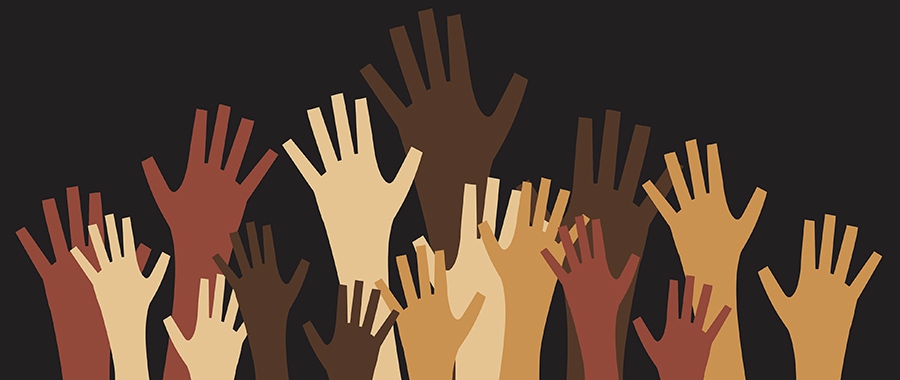
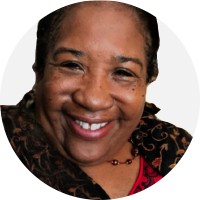

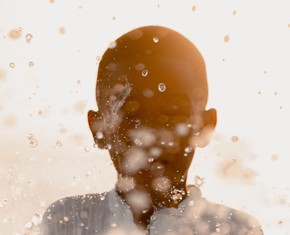




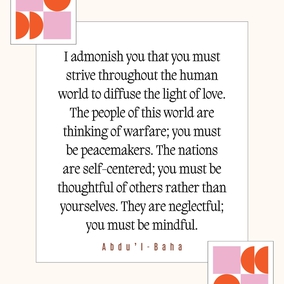
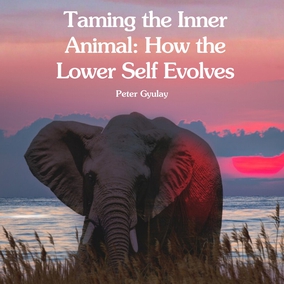

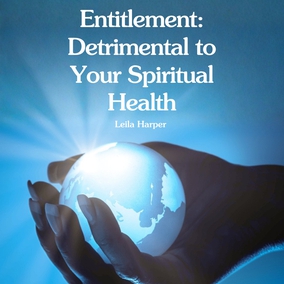
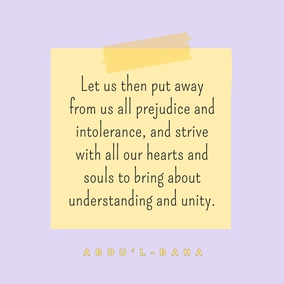

Comments
Sign in or create an account
Continue with Googleor